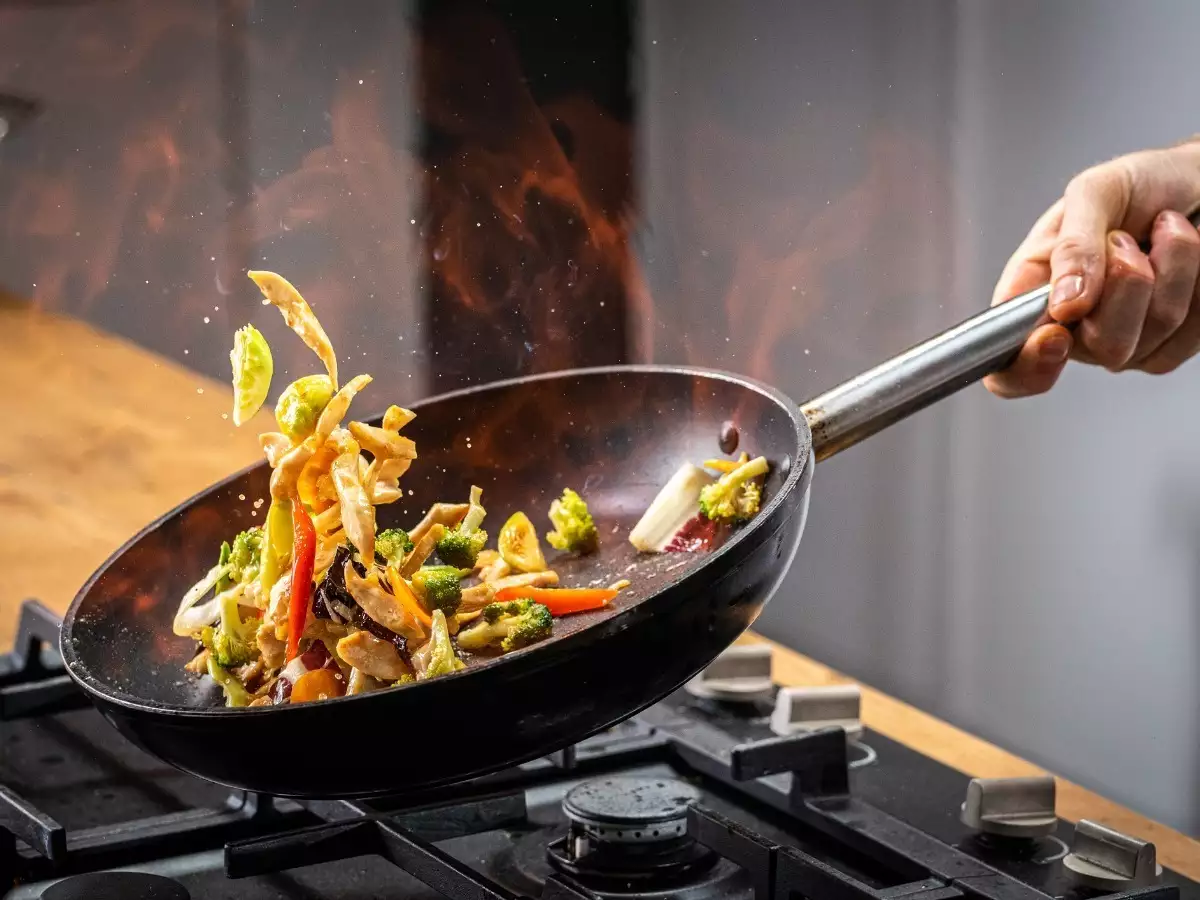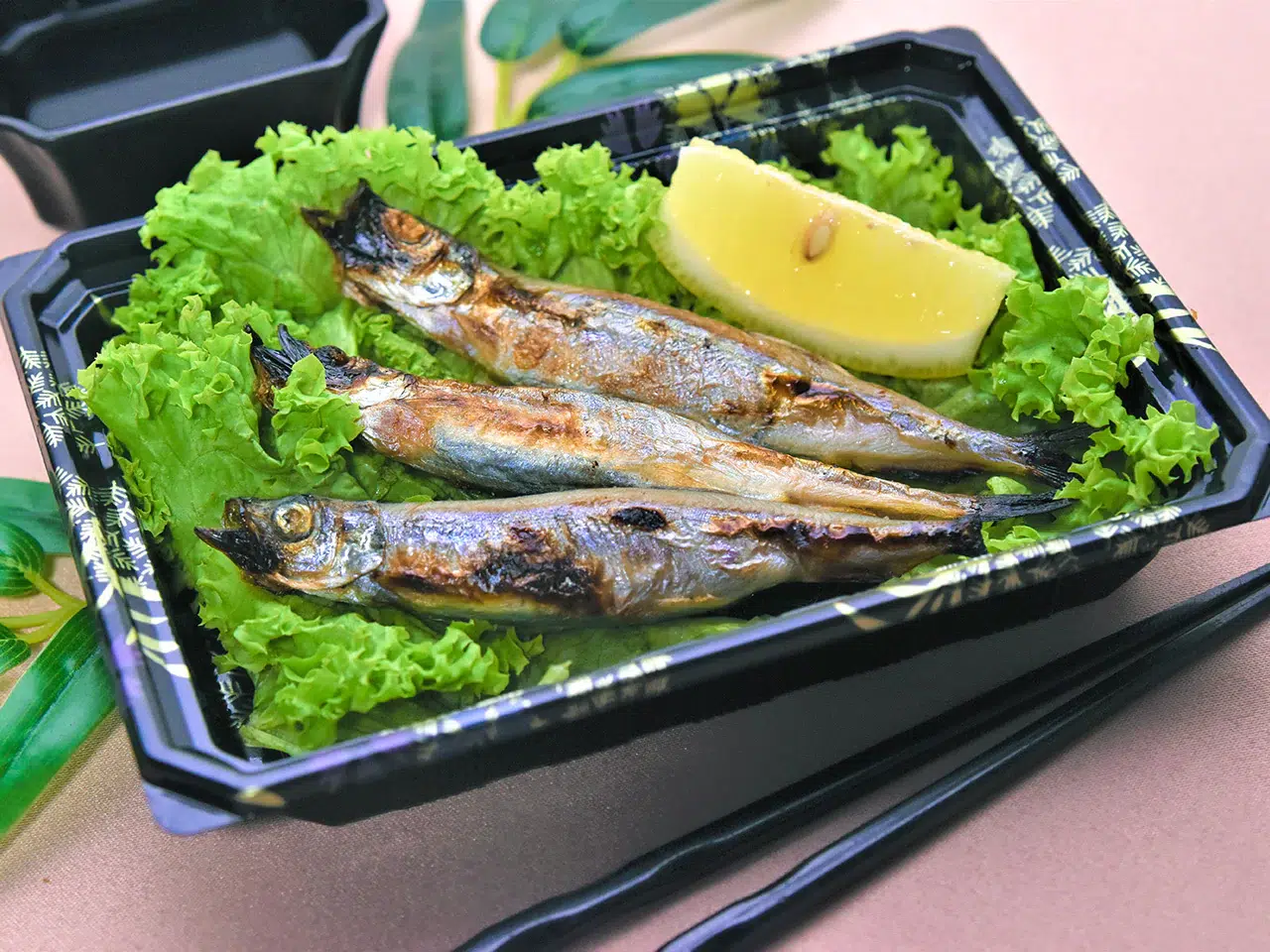Table of Contents
If you’re a fan of Korean cuisine or looking to explore new and exciting flavors, Bibimbap is the perfect dish to start with. This traditional Korean mixed rice bowl combines a harmonious blend of vegetables, proteins, and gochujang sauce, all served over warm rice. Not only is Bibimbap visually stunning with its array of colorful ingredients, but it’s also incredibly satisfying and nutritious. In this article, we’ll guide you through making authentic Bibimbap at home, ensuring you capture the true essence of this beloved Korean staple.
What is Bibimbap?
Bibimbap (비빔밥) translates to “mixed rice” in Korean. The dish traditionally consists of:
- Steamed white rice as the base.
- Assorted sautéed and seasoned vegetables known as namul.
- Protein options like marinated beef (bulgogi), chicken, tofu, or a fried egg.
- A generous dollop of gochujang (Korean red pepper paste) for spice and flavor.
- Garnishes like sesame seeds and sesame oil for added depth.
Bibimbap is enjoyed by mixing all the ingredients together just before eating, allowing the flavors and textures to meld into a delicious and harmonious meal.
Ingredients for Authentic Bibimbap
For the Rice
- 2 cups of short-grain white rice
- 2 cups of water
For the Vegetables (Namul)
- 1 cup of bean sprouts
- 1 bunch of spinach
- 2 medium-sized carrots, julienned
- 1 zucchini, julienned
- 4-5 shiitake mushrooms, sliced
- 1 cup of fernbrake (gosari) or substitute with asparagus
- 1 tablespoon minced garlic
- 4 tablespoons sesame oil
- 4 teaspoons soy sauce
- Salt to taste
- Cooking oil for sautéing
For the Protein
- 300g beef rib-eye or sirloin, thinly sliced
- 2 tablespoons soy sauce
- 1 tablespoon sesame oil
- 1 tablespoon minced garlic
- 1 teaspoon sugar
- 4 eggs (one per serving)
For the Sauce
- 4 tablespoons gochujang
- 2 tablespoons sesame oil
- 1 tablespoon sugar or honey
- 1 tablespoon water
- 1 teaspoon vinegar
- 1 teaspoon sesame seeds
For Garnish
- Sesame seeds
- Sliced green onions
Step-by-Step Instructions
Step 1: Prepare the Rice
- Rinse the Rice: Wash the rice under cold water until the water runs clear to remove excess starch.
- Cook the Rice: In a rice cooker or pot, combine the rice and water. Cook until soft and fluffy. Keep warm.
Step 2: Prepare the Vegetables
- Bean Sprouts:
- Blanch in boiling water for 2-3 minutes until tender.
- Drain and mix with 1 teaspoon sesame oil, a pinch of salt, and ½ teaspoon minced garlic.
- Spinach:
- Blanch in boiling water for 1 minute until wilted.
- Rinse with cold water, squeeze out excess water, and mix with 1 teaspoon sesame oil, a pinch of salt, and ½ teaspoon minced garlic.
- Carrots:
- Sauté in a pan with a little cooking oil and a pinch of salt until tender.
- Zucchini:
- Sauté with a little cooking oil and a pinch of salt until softened.
- Shiitake Mushrooms:
- Sauté with 1 teaspoon soy sauce and 1 teaspoon sesame oil until cooked through.
- Fernbrake (Gosari):
- If using dried, soak overnight and boil until tender. Sauté with 1 teaspoon soy sauce, 1 teaspoon sesame oil, and ½ teaspoon minced garlic.
Step 3: Prepare the Beef
- Marinate the Beef:
- In a bowl, combine beef slices with soy sauce, sesame oil, minced garlic, and sugar.
- Let it marinate for at least 20 minutes.
- Cook the Beef:
- Sauté the marinated beef in a pan over medium-high heat until fully cooked and slightly caramelized.
Step 4: Prepare the Sauce
- Mix Sauce Ingredients:
- In a small bowl, combine gochujang, sesame oil, sugar or honey, water, vinegar, and sesame seeds. Adjust sweetness and spiciness to taste.
Step 5: Assemble the Bibimbap
- Layer the Rice:
- In a large bowl, add a generous scoop of warm cooked rice.
- Add Vegetables and Beef:
- Arrange the prepared vegetables and beef neatly over the rice, each in its own section to showcase the colors.
- Add the Egg:
- Fry an egg sunny-side-up and place it on top of the arranged ingredients.
- Add the Sauce:
- Spoon the gochujang sauce over the top.
- Garnish:
- Sprinkle with sesame seeds and sliced green onions.
Step 6: Mix and Enjoy
- Mix Thoroughly:
- Before eating, mix all the ingredients together thoroughly so that the flavors combine.
Tips for the Perfect Bibimbap
- Use Fresh Ingredients: Fresh vegetables and quality protein make a significant difference in flavor.
- Customize Your Bowl: Feel free to substitute or add vegetables like bell peppers, kimchi, or lettuce based on your preference.
- Stone Bowl (Dolsot Bibimbap): For a crispy rice texture, use a heated stone bowl. Coat the bottom with sesame oil before adding rice and toppings.
- Vegetarian/Vegan Option: Omit the meat and egg, and increase the variety of vegetables or add tofu for protein.
Nutritional Information (Approximate per serving)
- Calories: 600 kcal
- Protein: 30g
- Carbohydrates: 70g
- Fat: 25g
- Fiber: 8g
- Sugar: 10g
Note: Nutritional values may vary based on specific ingredients and quantities used.
Conclusion
Bibimbap is more than just a meal; it’s an experience that brings together diverse flavors and textures into a harmonious and satisfying dish. Making Bibimbap at home allows you to customize it to your taste while enjoying a nutritious and delicious representation of Korean cuisine. Whether for a weekday dinner or a special occasion, this Bibimbap recipe is sure to impress and delight.





